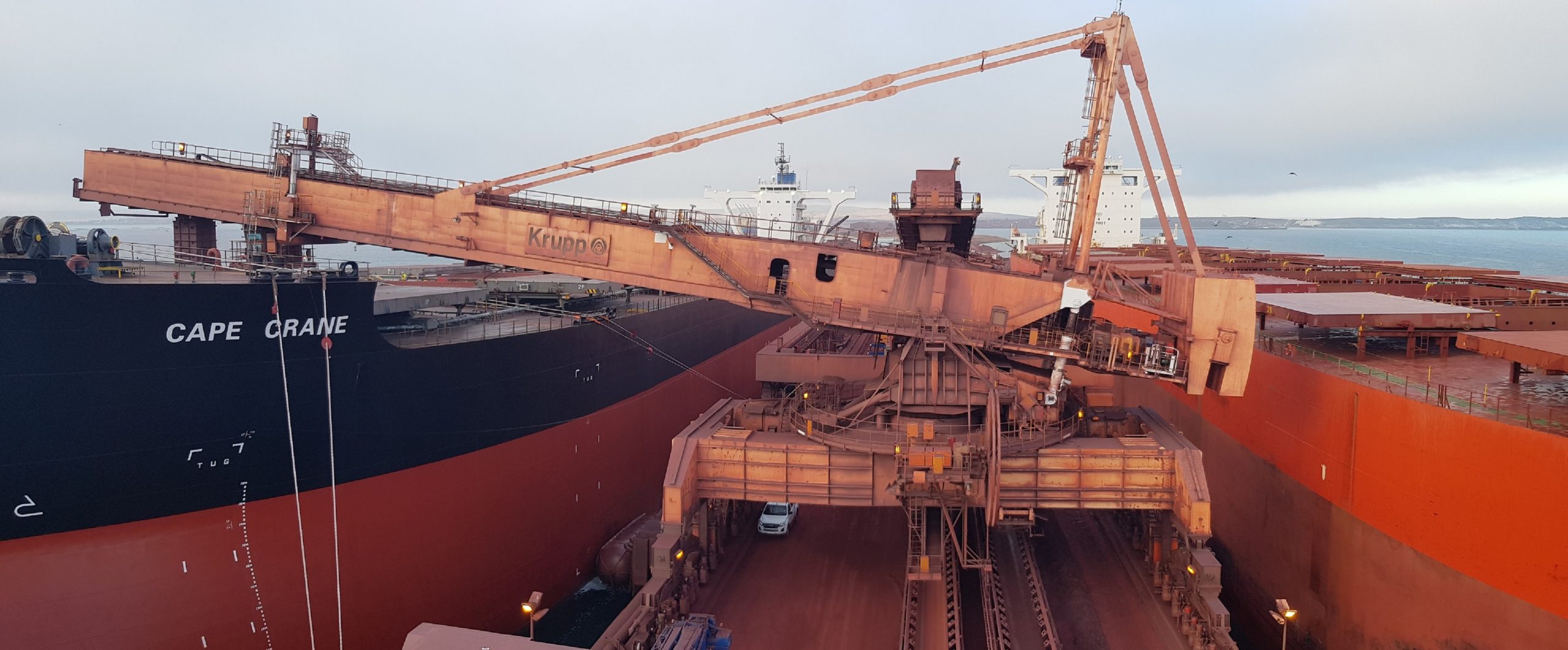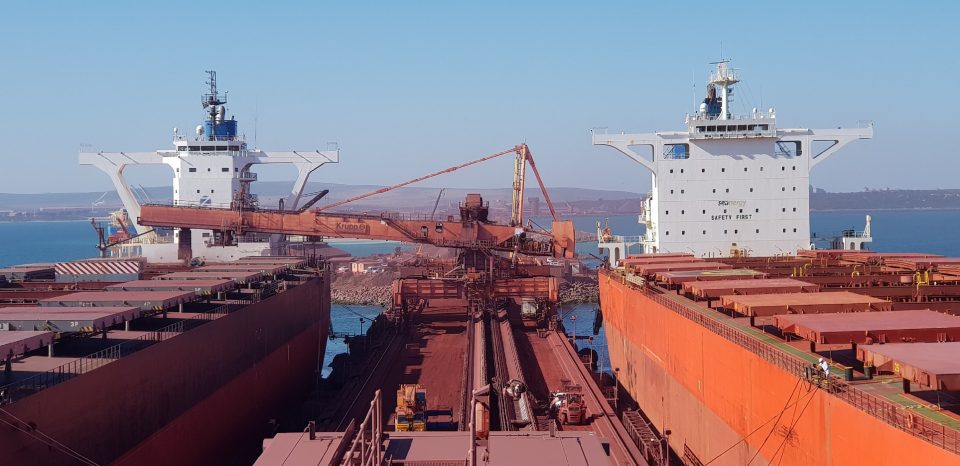While there can be no argument against the crucial role that maintenance plays in optimizing your plant’s overall performance, adopting the correct maintenance strategy is equally important. Although preventative and corrective maintenance can add value, they also have limitations: Preventative maintenance favours your maintenance team by enabling the advanced planning of maintenance activities. But it could also lead to over-maintenance, placing a burden on labour and maintenance costs. Corrective maintenance is not ideal in a high performance production environment where machine availability is crucial, more specifically where capital outlay for spares and redundancy are restricted.
“The solution is therefore to extract the best of both through a condition-based maintenance strategy that combines the advantages of preventative and corrective maintenance into a win-win solution,” says Francois de Villiers, Area Manager – Western Cape and Namibia, at thyssenkrupp Industrial Solutions. “The implementation of a condition-based maintenance strategy will help to avoid potential conflict between your Production and Maintenance Engineering teams by aligning the teams’ respective scope of work.”
De Villiers also points out that a condition-based maintenance approach will also help to cultivate a healthy culture within your organisation.
thyssenkrupp Industrial Solutions, as a market leader and employer of choice for materials handling equipment in the mining industry, has been expertly supporting customers with condition-based maintenance solutions over the past decade. The company recently successfully completed a mid-life refurbishment on two 10 000 ton/hour shiploaders operating at Saldanha Bay that has extended the life of these almost 20-years-old machines by a further ten years.
According to De Villiers, owing to the extreme environmental conditions on the quay where the shiploaders are in operation, extensive structural repairs were done together with the application of a 3-coat corrosion protection. Unpacking the scope of work, De Villiers explains that all the mechanical drives on the shuttle inside the boom, on the slew system and the travel bogies were replaced as well as the respective Variable Speed Drives (VSDs) as these items were obsolete with limited support from the manufacturers. The latest technology safety sensors were implemented to ensure a safe environment for personnel and equipment. No limitations were put to the scope or detail thyssenkrupp executed, from Software upgrades to the machine’s control system to replacing the hydraulic luffing cylinders on the main boom and the cooling systems for the main conveyor belt gearboxes. Consultation with the end-user maintenance team prior to the refurbishment lead to improvements made to the design of transfer chutes that was replaced; a cable festoon was also replaced with an energy chain.
Although thyssenkrupp is the original equipment manufacturer (OEM) of these two shiploaders, it does not mean the company’s expertise and capabilities are limited to its own equipment. In fact, thyssenkrupp is close to completing a condition-based refurbishment project on a Stacker/Reclaimer that was manufactured by a third party.

De Villiers attributes a number of factors to the success of thyssenkrupp’s condition-based refurbishments. “Firstly, our highly skilled team of design and field service engineers and experienced project manager work alongside our customers, combining all the findings and reports in a working document. This forms the backbone of our condition-based maintenance strategy. Secondly, the end-user experience and practical, hands-on involvement must never be underestimated. Subsequently, we always liaise with the customer’s maintenance team and consult breakdown reports when the scope of work is defined.”
“Also playing a key role in our successful deployment of our condition-based refurbishments is the expertise of our highly accomplished team and their in-depth pool of knowledge,” affirms De Villiers. “This enables us to assist customers irrespective of the size of their maintenance or refurbishment requirements. Moreover, as many of our design engineers have been involved in the initial design and manufacture of our machines, they are equipped with the necessary know-how and skill sets to implement new improvements and upgrades during refurbishments.
The involvement of thyssenkrupp’s field service engineers in the complete value chain of condition-based refurbishments ensures that realistic schedules as well as detailed method statements are prepared to ease planning for site activities and to mitigate risk during maintenance.
“And finally, we believe in strong teamwork between customer and contractor, and we are flexible to the structure- and responsibility-split that the customer is comfortable with i.e. consultancy basis, turnkey solutions or on-the-job skills training,” concludes De Villiers.
/Ends/
About us:
The Mining Technologies business unit of thyssenkrupp Industrial Solutions supplies a full range of machinery, systems, equipment and services for the extraction, processing, storage and transportation of raw materials. In collaboration with our customers in the mining and minerals sectors throughout the world we develop custom, forward-looking solutions that enhance productivity and allow natural resources to be used responsibly and efficiently.
For more information visit: www.thyssenkrupp-industrial-solutions.com
Email: service.requests@thyssenkrupp.com
thyssenkrupp blog: https://engineered.thyssenkrupp.com



